The Ultimate Guide to Australia’s Working Holiday Visa
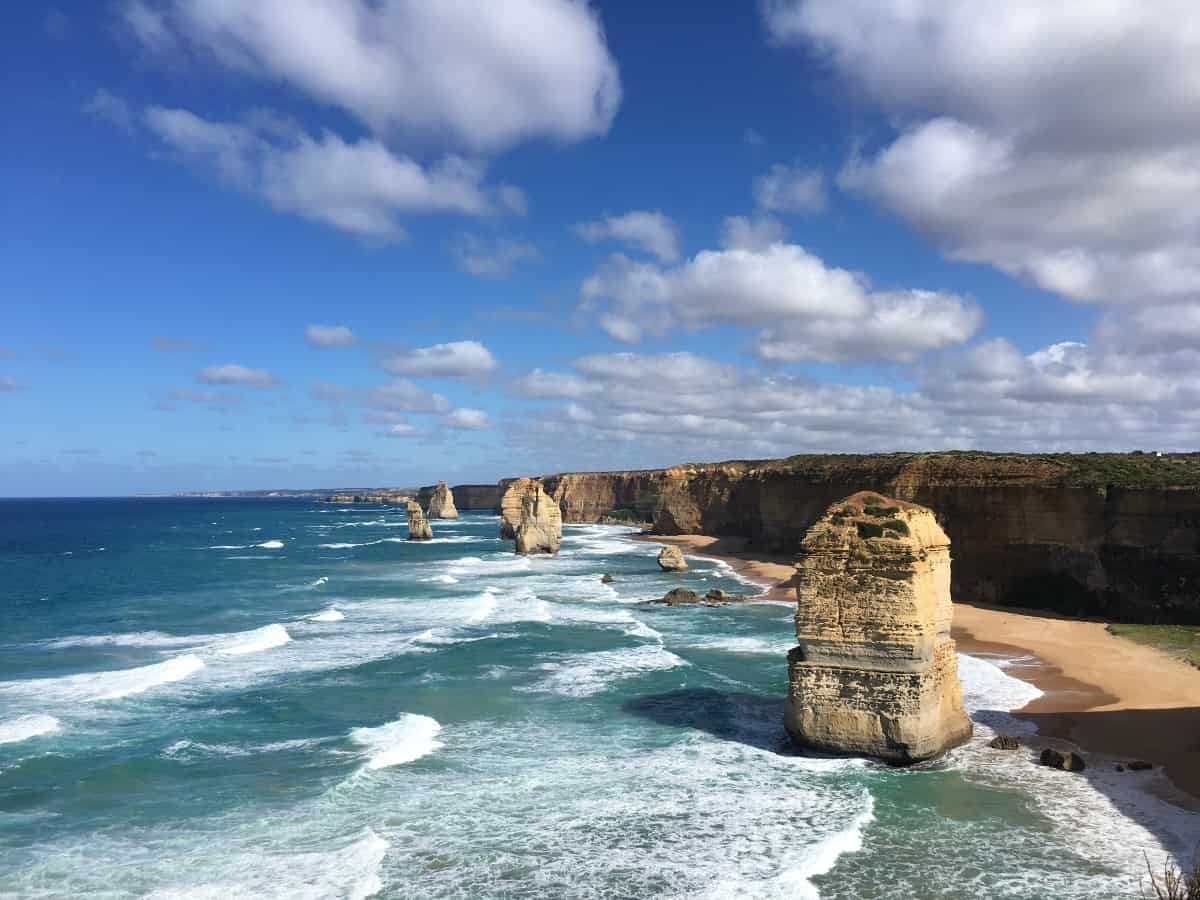
Thinking about applying for a working holiday visa in Australia? You’re not alone! More than 150,000 people from around 50 countries come to Australia each year for a working holiday.
It’s a popular rite of passage, particularly for young people looking for an adventure or an opportunity to improve their English after finishing school or university. The highest numbers of Australian working holiday visa applicants are from the UK, France, Ireland, Japan, South Korea, Germany and Italy.
Australia is a huge country, so you’ll need a bit of time if you want to experience everything it has to offer! If you want to stay for more than just a few months, a working holiday visa is a great option because you’ll have the right to live, work and travel in Australia for a whole year. There’s even the possibility to extend your visa for a second or third year.
During your stay, you can earn money by working in Australia. So you don’t have to use up all of your savings!
Australia offers two different types of visas to backpackers. There’s the Working Holiday (subclass 417) visa, and the slightly different Work and Holiday (subclass 462) visa. The type of visa you may be eligible for depends on which country you’re from.
This interactive map shows the countries that have working holiday agreements with Australia:
Want to learn more? This comprehensive guide has everything you need to know to apply for an Australian working holiday visa and make the most of your experience Down Under!
- What you can do with a working holiday visa
- Australia’s Working Holiday (417) visa
- Australia’s Work and Holiday (462) visa
- How to apply for an Australian working holiday visa
- How to get a second or third year Australian working holiday visa
- Arriving in Australia
- Paying tax in Australia
- Frequently Asked Questions (FAQs)
🇦🇺 Are you an Australian citizen?
Most working holiday agreements between countries are reciprocal! This means Aussies can also apply for working holiday visas in most of the countries Australia has bilateral agreements with.
See the full list of countries that offer working holiday visas to Australians for details!
What you can do with a working holiday visa
Once you’re issued with a Working Holiday or Work and Holiday visa, you’ll have 12 months to enter Australia.
Starting from the date you first arrive, you can stay in Australia for up to one year. There’s also the option to apply later for a second and third year visa.
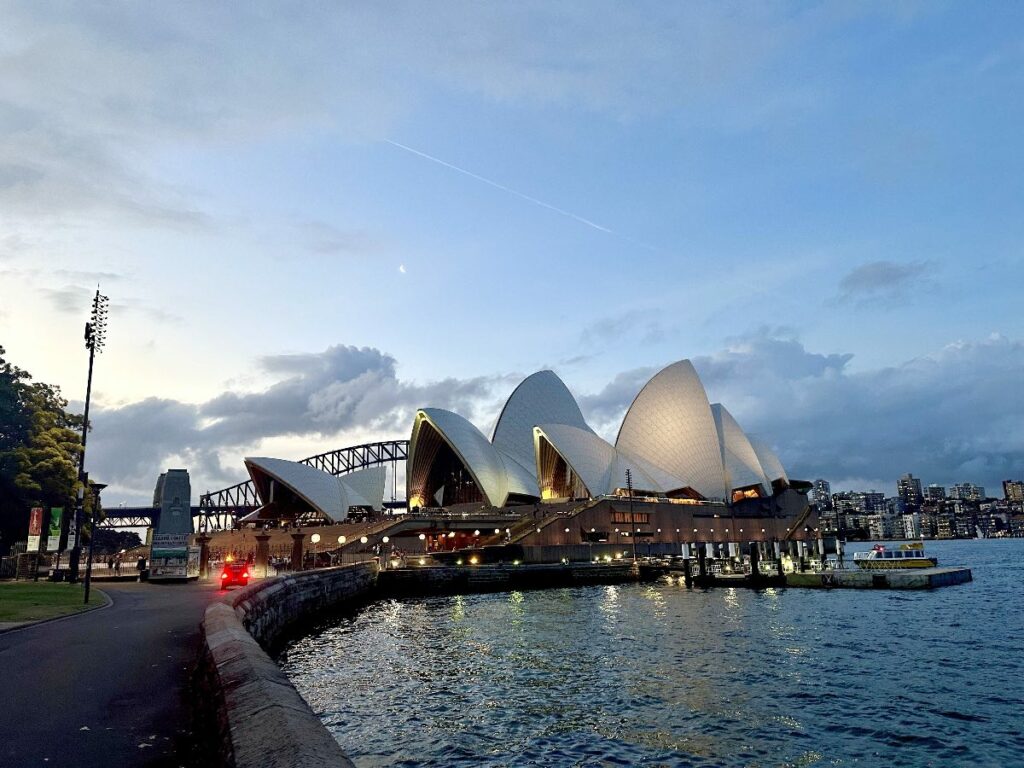
During your working holiday, you can:
- Travel around Australia
- Work in short-term jobs to help pay for your holiday
- Study in Australia for up to 4 months
- Leave and re-enter Australia as many times as you like while your visa remains valid.
There are no restrictions on the type of work you can do. And unlike with student visas, there is no limit to the number of hours you can work in a week. However, you can generally only work for the same employer for up to six months.
Australia’s Working Holiday (417) visa
The Working Holiday (subclass 417) visa is available to citizens of 19 countries. It is the easier of the two working holiday visas to apply for, as there are fewer requirements.
Nationalities that can apply for a subclass 417 visa
Eligible citizens from the following countries can apply for an Australian Working Holiday visa:
| Country/Jurisdiction | Notes |
|---|---|
| Belgium | |
| Canada | Age limit of 35 |
| Cyprus | |
| Denmark | Age limit of 35 |
| Estonia | |
| Finland | |
| France | Age limit of 35 |
| Germany | |
| Hong Kong | |
| Ireland | Age limit of 35 |
| Italy | Age limit of 35 |
| Japan | |
| Republic of Korea (South Korea) | |
| Malta | |
| Netherlands | |
| Norway | |
| Sweden | |
| Taiwan | |
| United Kingdom (UK) | Age limit of 35; no specified work requirement for second & third year visas |
Requirements to apply for a subclass 417 visa
To apply for a first-year Australian Working Holiday (417) visa, you would need to meet the following requirements:
- Be aged 18-30 at the time of your application (or up to 35 years old if you’re from certain countries)
- Have at least AUD5,000 in savings, plus enough money to buy a plane ticket home from Australia
- Be in good health
- Agree to the “Australian Values Statement”
- Be outside of Australia at the time of your application
You would not be eligible for this visa if:
- You have previously held a 417 or 462 visa in Australia (even if you applied using a different passport)
- You would be accompanied by dependent children
- You or a family member have outstanding debts to the Australian government
- You have previously had an Australian visa cancelled
- You have a substantial criminal record
See the Department of Home Affairs website for full details.
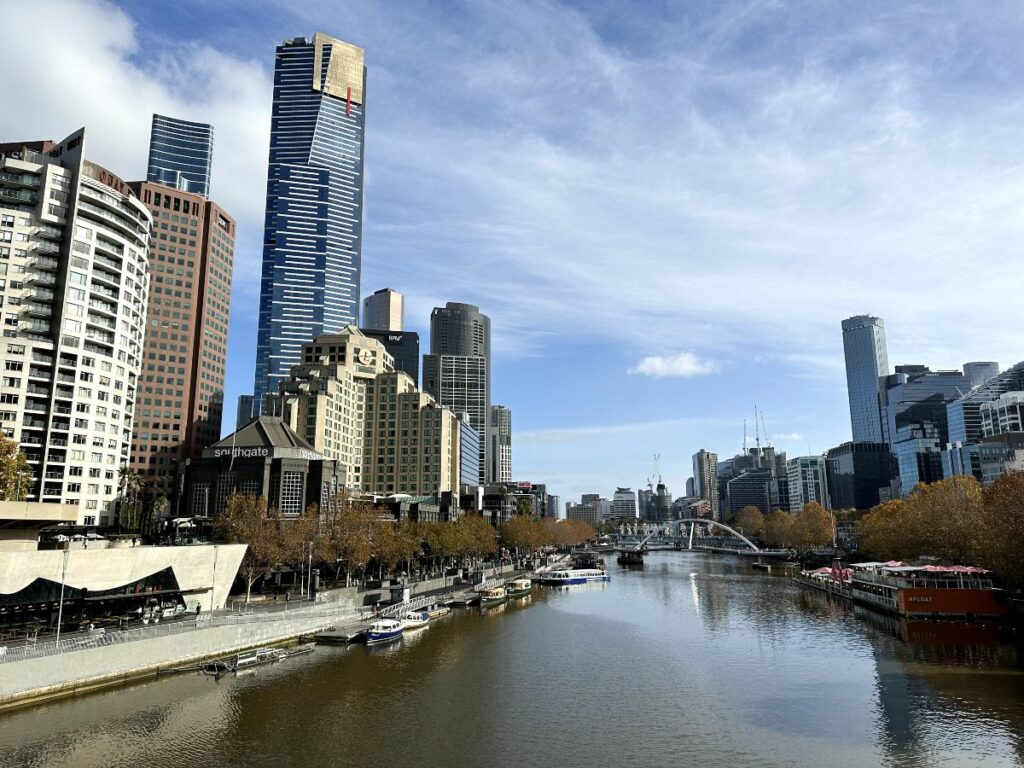
Australia’s Work and Holiday (462) visa
The Australian government offers Work and Holiday (subclass 462) visas to citizens from a further 29 countries.
This is similar to the subclass 417 visa, but there are a few more conditions (such as education and English language requirements). Citizens from some countries also need to provide a letter of approval from their own government.
Australia has annual limits on the number of 462 visas issued to citizens from each eligible country. Many of these caps are high enough that they are unlikely to ever be reached. However, the annual quotas for Indonesia, Ecuador, Vietnam, China, India, Brazil, Malaysia, Mongolia, Thailand, Türkiye and Switzerland are often completely filled.
These annual limits reset on 1 July every year. So, if you’re from a country where there’s lots of competition for places, you might want to apply for your 462 visa (and/or the necessary letter of approval from your government) in early July.
Since October 2024, if you are from China, Vietnam or India, you will need to register in a ballot to be invited to apply for a Work and Holiday visa.
You can see the current status of country caps on the Department of Home Affairs website.
Nationalities that can apply for a subclass 462 visa
Eligible citizens from the following countries can apply for an Australian Work and Holiday visa:
| Country | Annual quota | Notes |
|---|---|---|
| Argentina | 3,400 | |
| Austria | 500 | |
| Brazil | 500 | |
| Chile | 3,400 | |
| China | 5,000 | Ballot registration required |
| Czech Republic | 500 | |
| Ecuador | 100 | Letter of government support required |
| Greece | 500 | Letter of government support required |
| Hungary | 500 | |
| India | 1,000 | Ballot registration required |
| Indonesia | 4,796 | Letter of government support required |
| Israel | 2,500 | Must have completed (or be exempt from) military service |
| Luxembourg | 100 | Letter of government support required |
| Malaysia | 1,100 | Good Conduct Certificate required |
| Mongolia | 100 | Letter of government support required |
| Papua New Guinea | 100 | |
| Peru | 1,500 | Letter of government support required |
| Poland | 1,500 | Letter of government support required |
| Portugal | 500 | |
| San Marino | 100 | Letter of government support required |
| Singapore | 2,500 | |
| Slovakia | 1,000 | |
| Slovenia | 200 | Letter of government support required |
| Spain | 3,400 | |
| Switzerland | 200 | |
| Thailand | 2,000 | Must have a tertiary qualification; Letter of government support required |
| Türkiye | 100 | Letter of government support required |
| Uruguay | 200 | |
| United States of America (USA) | No limit | Must have a Senior Secondary Certificate of Education or equivalent |
| Vietnam | 1,500 | Ballot registration required |
The Australian government will add the Philippines to this list in the near future.
What you need to apply for a subclass 462 visa
To apply for a first-year Australian Work and Holiday (462) visa, you would need to meet the following requirements:
- Be aged 18-30 at the time of your application
- Have at least AUD5,000 in savings, plus enough money to buy a plane ticket home from Australia
- Have a tertiary qualification (e.g. a university degree) or have completed at least two years of undergraduate study – note, exact requirements vary by nationality
- Speak English at a level considered at least “functional”
- Be in good health
- If you’re from one of the countries where this is required, have a letter of support from your government
- Agree to the “Australian Values Statement”
- Be outside of Australia at the time of your application
You cannot get this visa if:
- You have previously held a 417 or 462 visa in Australia (even if you applied using a different passport)
- You would be accompanied by dependent children
- You or a family member have outstanding debts to the Australian government
- You have a substantial criminal record
- You have previously had an Australian visa cancelled
See the Department of Home Affairs website for full details.
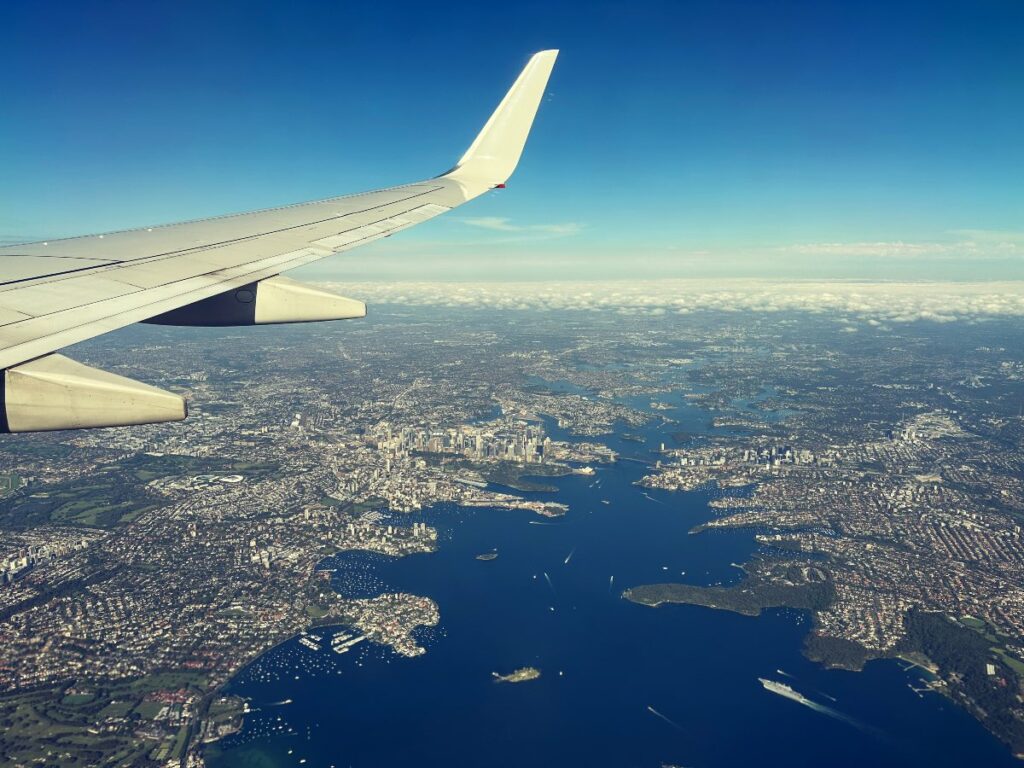
How to apply for an Australian working holiday visa
You can apply for your Australian Working Holiday or Work and Holiday visa online. This earliest date you can apply is up to a year before you intend to arrive in Australia.
Use the links below to the Department of Home Affairs website for full instructions and to apply for:
To apply, you’ll need to create an ImmiAccount, upload the required documents and pay the visa fee.
Both visas have a cost of AUD650 for one year. This is roughly equivalent to USD440, £340 or €400, depending on the current exchange rate.
If you’re applying for a subclass 417 visa and your application is straightforward, it could take less than a day to receive your visa. But if you’re applying for a subclass 462 visa, or your application is a bit more complex, it will probably take a few weeks. A small number of applications may take 1-2 months to process.
The Australian government will contact you when it grants your visa. You can then travel to Australia!
Documents submitted must be in English or translated
As part of the visa application process, you will need to submit various documents. The Australian government requires these to be either in English, or translated into English.
If using non-English documents that have been translated into English, you will need to submit both the original and translated documents with your application.
You can use a translator in Australia or overseas to get documents for your Australian visa application translated into English. When using an Australian translator, they must be NAATI certified.
If using a translator based outside of Australia, the translator must provide their full name, address, telephone number and details of their qualifications in the language they are translating. That information must be in English.
Get a fast turnaround on NAATI-certified translations plus 5% off!
Our partner AcudocX provides fast turnarounds for NAATI-certified translations of the documents you need for an Australian visa application, from other languages into English.
As a special deal for Working Holidays for Aussies readers, you can save 5% on AcudocX translation services by entering the discount code WORKINGHOLIDAY5 or clicking on the link below:
How to get a second or third year Australian working holiday visa
You can apply for a second working holiday visa if you complete at least 88 days (around 3 months) of “specified work” while holding your first visa.
There is also an option to get a third-year visa if, during your second year in Australia, you do at least 179 days (around 6 months) of “specified work”.
The minimum number of days includes weekends and rest days during your period of employment, as long as you’re working the equivalent of full-time hours 5 days per week during that time. You can also count multiple shorter periods of “specified work” towards your second or third year working holiday visa.
From 1 July 2024, UK citizens are exempt from the specified work requirement.
What counts as specified work?
During your Australian working holiday, you’re free to do almost any type of work. But only jobs in approved industries and locations can be counted as “specified work” for the purpose of extending your working holiday.
Most “specified work” jobs are in hospitality or primary industries, and must be in regional or remote areas.
Here’s the full list of approved “specified work” for 417 and 462 visa holders:
| Industry | Eligible work locations |
|---|---|
| Tourism and hospitality | Northern Australia Remote and very remote Australia |
| Plant and animal cultivation | Regional Australia (417 visa) or Northern Australia/specified regions (462 visa) |
| Fishing and pearling | Regional Australia (417 visa) or Northern Australia (462 visa) |
| Mining (417 visa only) | Regional Australia |
| Tree farming and felling (462 visa only) | Northern Australia |
| Construction | Regional Australia (417 visa) or Northern Australia/specified regions (462 visa) |
| Bushfire recovery work | Declared bushfire affected areas |
| Natural disaster recovery work | Natural disaster affected areas |
| Critical COVID-19 work in the healthcare and medical sectors | Anywhere in Australia |
Many backpackers choose to work on farms (for example, picking fruit) or in hospitality.

Some examples of jobs that count as specified work in tourism and hospitality include:
- Chefs
- Waiters
- Bartenders
- Hotel receptionists
- Tourist guides
- Outdoor activity instructors
- Tourist transport services
- Museum or gallery workers
- Conference and event organisers
Which parts of Australia are regional and remote?
Most types of specified work only count if you are employed in a regional or remote location.
Most of Australia is classified as regional or remote, except for:
- Sydney, Newcastle, Central Coast & Wollongong
- All of the ACT (Canberra)
- Greater Brisbane and Gold Coast
- The Melbourne metropolitan area
- Perth and surrounding areas
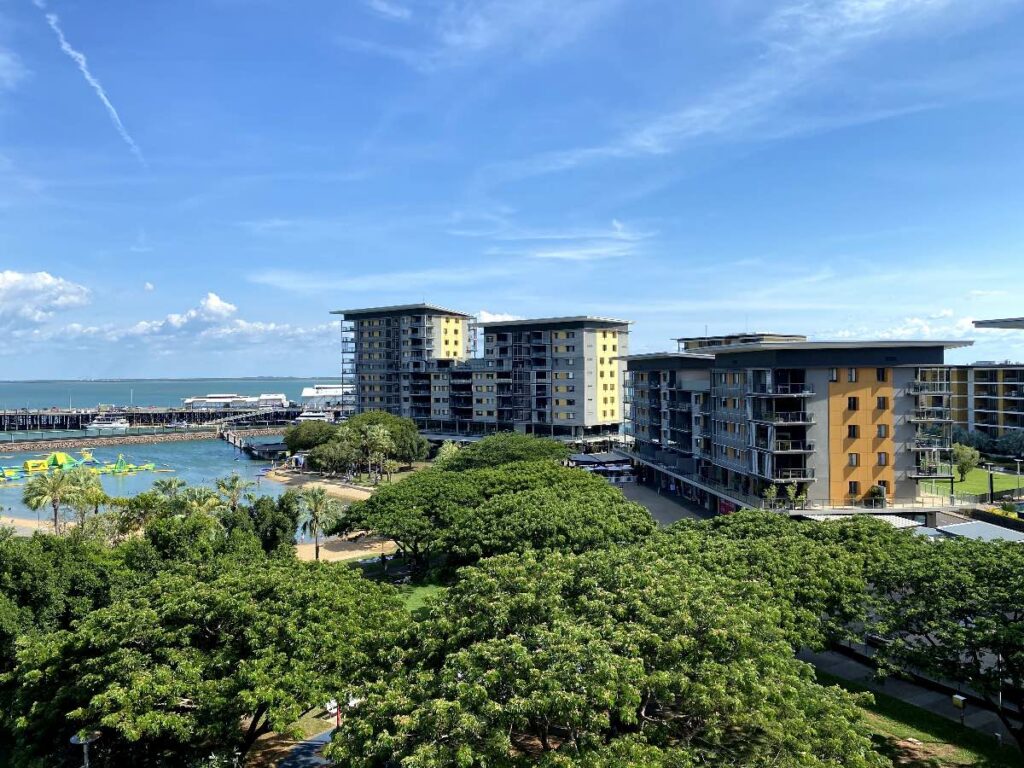
If you choose to do your specified work in tourism or hospitality, it must be in Northern Australia or a remote/very remote location.
Northern Australia is defined as the entire Northern Territory, plus anywhere in Queensland or Western Australia that’s north of the Tropic of Capricorn (i.e. Rockhampton or further north).
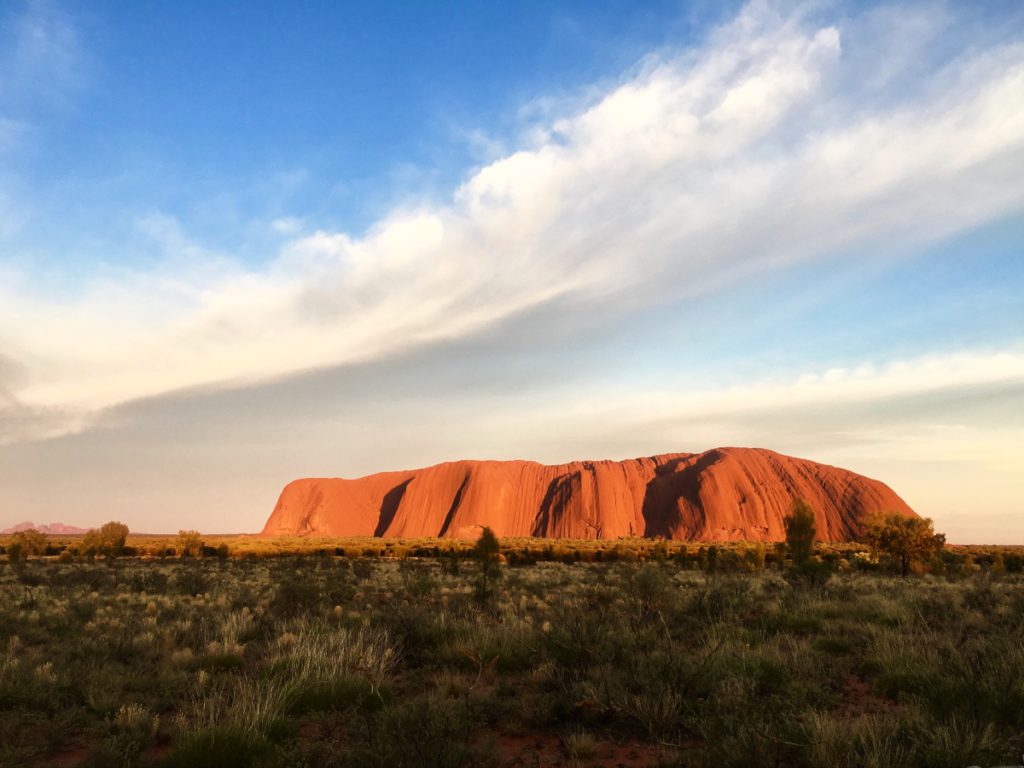
There are specific postcodes that are considered remote and very remote Australia. You can find the full list on the Department of Home Affairs website, along with a complete overview of all the specified work conditions and requirements.
The Australian Bureau of Statistics also has a helpful colour-coded map showing which parts of Australia are regional, remote and very remote.
Arriving in Australia
With your visa sorted, it’s time to book your flight to Australia!
If you’re planning to stay for a year or longer, you might need to book a one-way flight. See our tips to minimise the cost when booking one-way flights.
If you want to bring more stuff with you to Australia than you can fit in your bag, you may consider using a service such as Send My Bag. For an affordable price, they’ll pick up your extra bags from your home and deliver them to you quickly in Australia! Working Holidays for Aussies readers can also get 5% off their first order with Send My Bag.
Before you arrive in Australia, it’s a good idea to have a plan of where you’ll stay when you first arrive. Many backpackers stay initially in a hostel while they look for work and/or more permanent accommodation.
Hostels are also a great place to meet other people after moving to a new country.
If you’re looking for shared accommodation in Australia, Flatmates.com.au is the country’s largest website for connecting spare rooms with people.
See our guide to surviving the first weeks after moving overseas for more tips on what to do when you first arrive.
Making friends in Australia
As well as hostels, Facebook groups can be a good way to connect with other people from your own country. For example, the “Poms in Sydney” group is for Brits in Sydney. “Backpacker Australien” is a useful group for German working holiday makers, while “Les français en Australie 2024” is a good one to join if you’re from France.
Another great way to both meet people and visit lots of cool places around Australia after you arrive is to join a Contiki tour. Contiki offers lots of tours through different parts of Australia which are specifically designed for 18-35 year olds!
Some of Contiki’s Australian tours include:
- The 9-day Outback Adventure tour from Uluru to Darwin
- The 9-day North Queensland Adventure tour from Airlie Beach to Cairns
- The 16-day Beaches And Reefs tour from Sydney to Cairns
- The 20-day Ultimate Australia tour from Sydney to Cairns with an Uluru & Kings Canyon add-on
Plus, we’ve teamed up with Contiki to offer Working Holidays for Aussies readers a 5% discount!
To take advantage of this discount, simply book any eligible tour on the Contiki website and enter the promo code WHFA5OFF at the checkout.
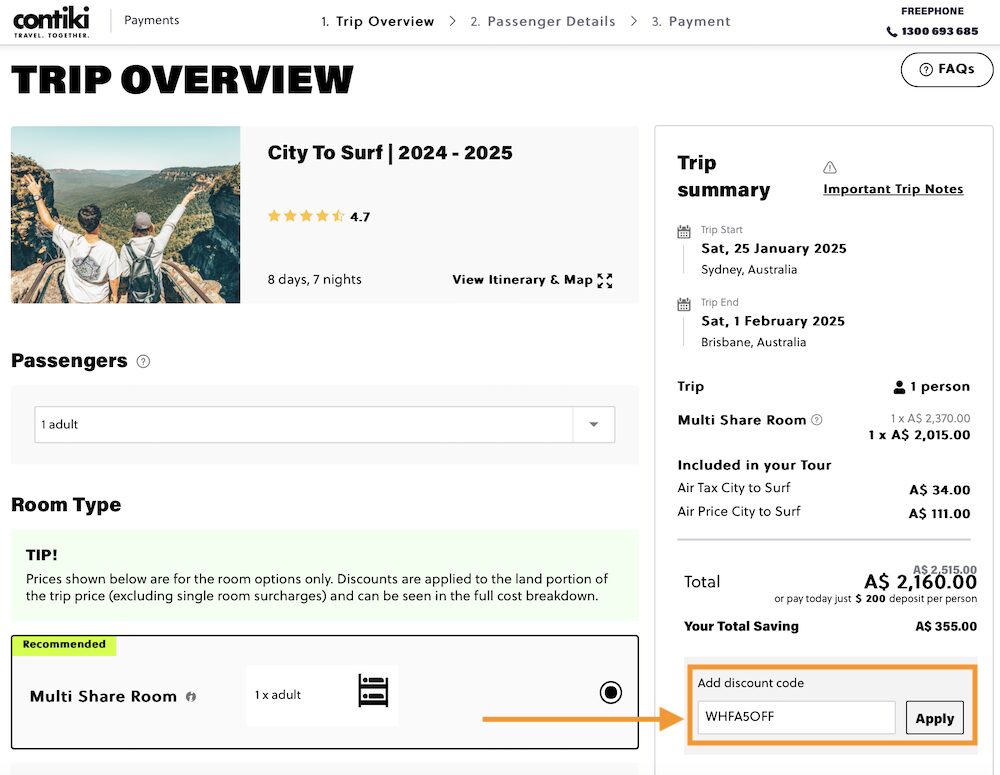
The 5% discount is available on new bookings, for trips of at least 7 days, when you book directly with Contiki. You can combine this discount with ongoing promotions and the past pax discount (FTD), but not other promo codes. You must enter the promo code at the time of booking.
Travelling around Australia
Of course, you can also make your own travel plans!
Buying or renting a vehicle
A popular way to see lots of the country is to rent a car or campervan – or to buy a cheap second-hand car.
Many backpackers drive up or down the east coast of the country, where you’ll find lots of great beaches, towns and cities between Melbourne, Sydney, Byron Bay, Brisbane and Cairns. If you’re feeling really adventurous – and have at least a few months to spare – you could even drive around the entire country!
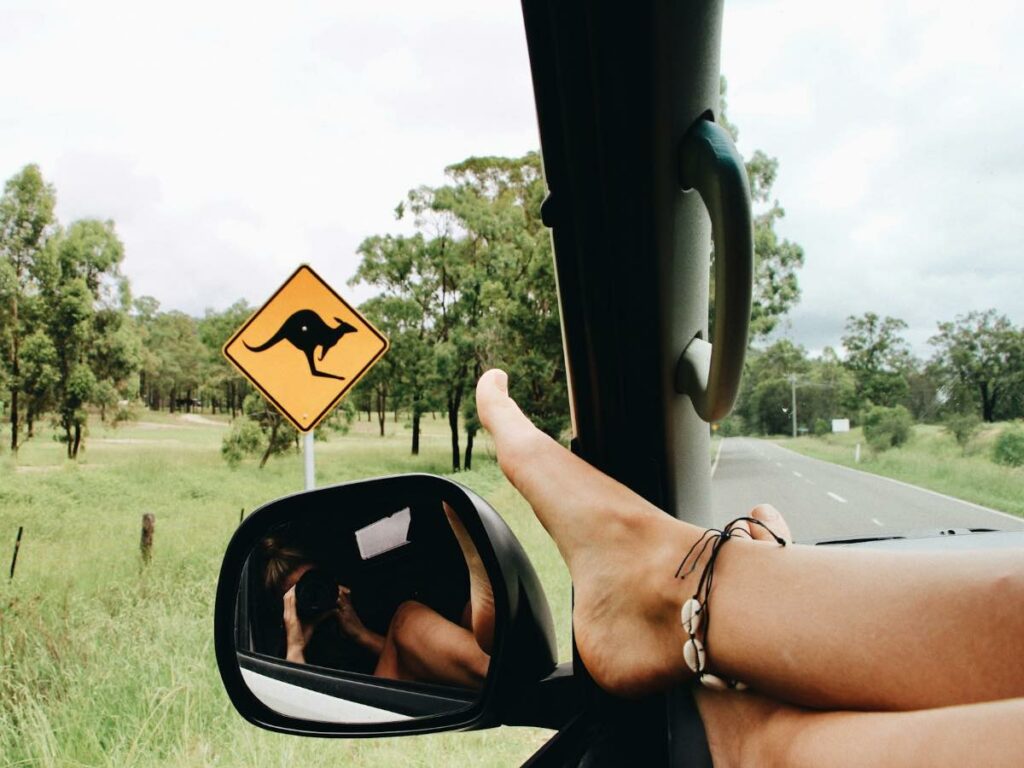
You can often find cars for sale in backpacker Facebook groups. Or if you’d like to rent a campervan, check out JUCY – they are the specialists and often have great deals on car and campervan rentals.
🚙 Tip: Look for one-way car & campervan relocation deals!
You can often save a LOT of money on vehicle rentals by taking advantage of one-way relocation deals. These cost as little as $1 per day. Sometimes the rental company will even throw in some petrol!
Companies offer these heavily discounted rates when they need to relocate their vehicles. It’s cheaper to get a customer to drive the car to its destination, rather than paying someone or getting it towed.
The catch is that the pick-up and drop-off locations are fixed. You would also need to get the car to its destination within a specific date range, and there may be a small booking fee.
The available pick-up and drop-off locations vary depending on the season, but at any given time there are often hundreds of cheap one-way rentals available! You can find these deals on the following websites:
Buses and trains
Many backpackers use buses or trains to travel across Australia.
Greyhound Australia has an extensive network of coach services. If you plan to take multiple trips, a Greyhound Travel Pass could be a good value option.
NSW TrainLink operates long-distance trains and coaches across the state of NSW, as well as from Sydney to Melbourne, Canberra and Brisbane. You can even use NSW TrainLink to get from Sydney to Adelaide by taking a train to the gorgeous outback town of Broken Hill, then a coach the rest of the way.
If you think you might do a few trips with NSW TrainLink, their Discovery Pass gives you unlimited trips and is excellent value.
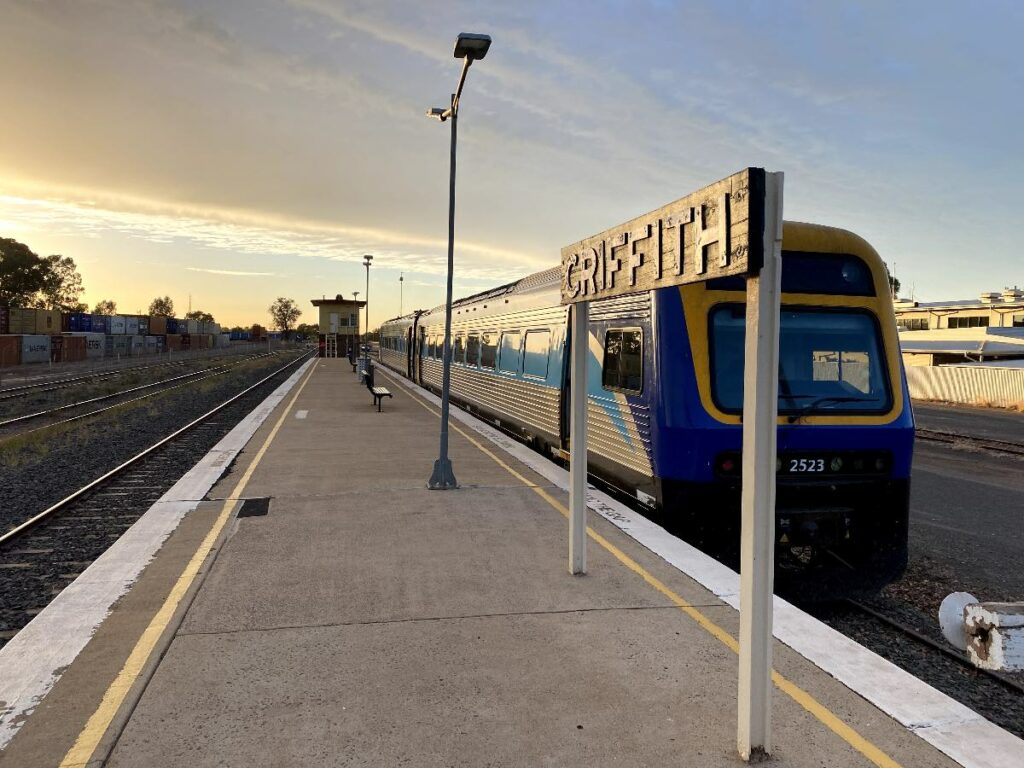
How to get cheap flights within Australia
Of course, Australia is a huge country! Travelling overland is well worth it as you’ll get to see more of regional Australia. But if you’re short on time, you can also fly between cities.
Australia has four main domestic airlines – Qantas, Virgin Australia, Jetstar and Rex.
Jetstar is Australia’s largest budget airline. They offer cheap flights to many of Australia’s tourist hotspots. You can get even cheaper flights by booking during their weekly “Friday Fare Frenzy” sales between 4-8pm (AEST) every Friday.
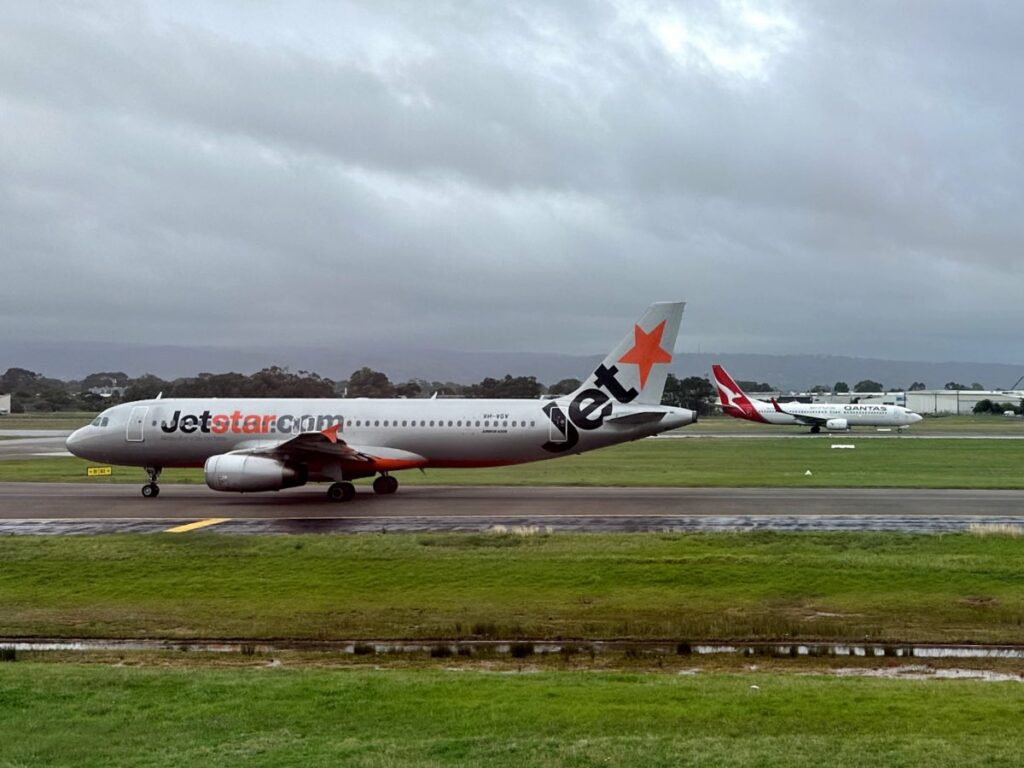
Here’s another tip: You can save money on Virgin Australia flights by using a discount code! Virgin also runs weekly “Happy Hour” sales from 4-11pm (AEST) every Thursday.
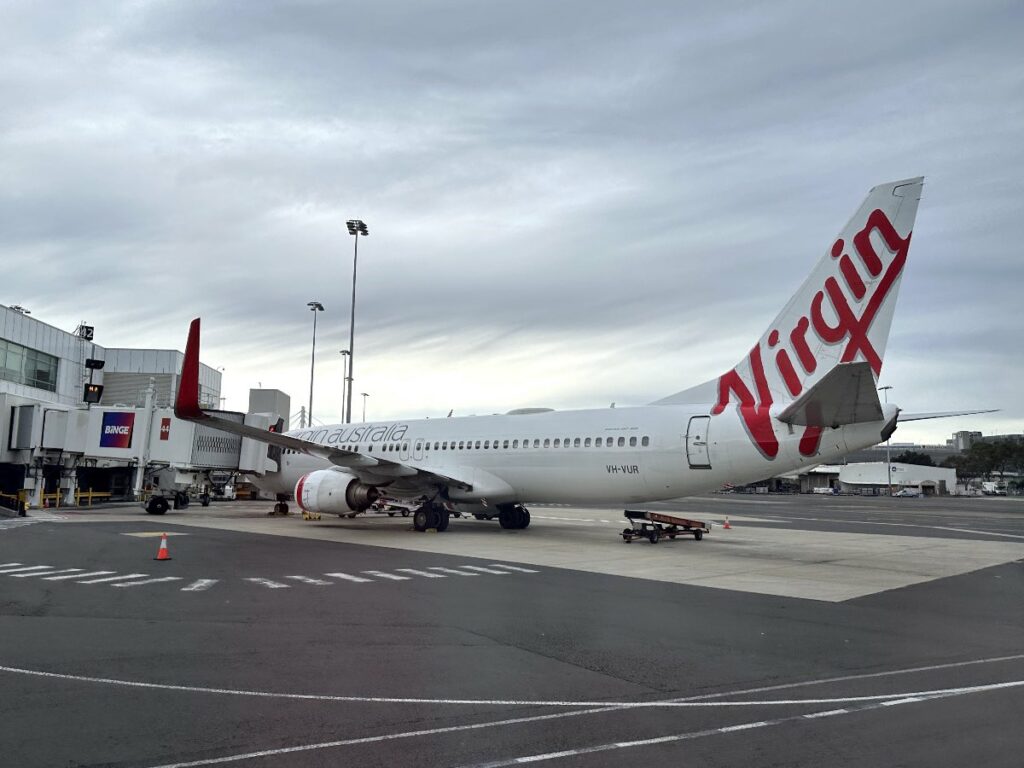
Paying tax in Australia
When you work in Australia, you’ll need to pay income tax to the Australian government.
The Australian government taxes most working holiday makers at a different rate to Australian tax residents. As of 2024, this rate is 15% on the first $45,000 you earn during any given financial year. Amounts between $45,001 and $120,000 are then taxed at a rate of 32.5%. (A higher rate applies if you earn more than this.)
Note that the Australian financial year is from 1 July until 30 June.
See the Australian Tax Office website for more information about tax for subclass 417 and 462 visa holders.
Superannuation in Australia
When you work in Australia and earn at least $450 per month, your employer must also pay superannuation (often called “super” for short) for you. This is on top of your salary or hourly rate. The super rate is currently 11.5%.
Superannuation is a system designed to help Australians save for their retirement. Most Australians cannot access their superannuation until they turn 60 years old.
However, if you only worked in Australia temporarily during a working holiday, you may be able to withdraw your superannuation after you leave. This is called the Departing Australia Superannuation Payment (DASP). See the Australian Tax Office website for details.
Frequently Asked Questions (FAQs)
A working holiday is an extended holiday where you have the option to work in temporary jobs during your vacation, to help fund your trip.
To get a working holiday visa in Australia, you generally need to be from an eligible country, aged between 18-30 and have at least AUD5,000 (around €3,000) in savings. Citizens of some countries also need to speak English and to have studied at university for at least two years.
Many people choose Australia for their working holiday because it’s a huge country with lots of spectacular nature, freedom and job opportunities. An Australian working holiday is also a great way to meet people and, if you’re learning English, to improve your English skills.
If you’re from an eligible country and meet the requirements, it’s easy to get an Australian working holiday visa! Simply apply online and pay the visa fee.
However, if you’re from a country that Australia only offers a limited quota of Work and Holiday visas to, there might be some competition for the available spots. If this applies to you, you can increase your chances by applying for your visa in early July.
Citizens from many European countries who are aged 18-30 (or up to 35 in some cases) are eligible to get a Working Holiday visa in Australia. This comes with the right to work in Australia for up to six months per employer. The Australian government also offers other types of work visas.
The age limit to get an Australian working holiday visa is generally 30, but there are some exceptions. Citizens of Canada, Denmark, France, Ireland, Italy and the UK can apply up to the age of 35.
Australia does not yet offer an official digital nomad visa.
Australia and the Philippines signed a memorandum of understanding in 2023 that outlined plans for both countries to offer Work and Holiday visas to citizens of the other country. However, the Australian government has not yet advised of the exact date when it will start offering Work and Holiday visas for Filipinos in Australia.
There is a myth that all the animals in Australia are trying to kill people. It is true that Australia has venomous snakes and spiders, and you probably shouldn’t swim in places where there are crocodiles. But drop bears aren’t real and shark attacks are rare (many popular beaches are patrolled for sharks in the summer).
If you take basic precautions, you will almost certainly be safe. In the unlikely event that you get bitten by a poisonous spider, Australian doctors know exactly what to do!




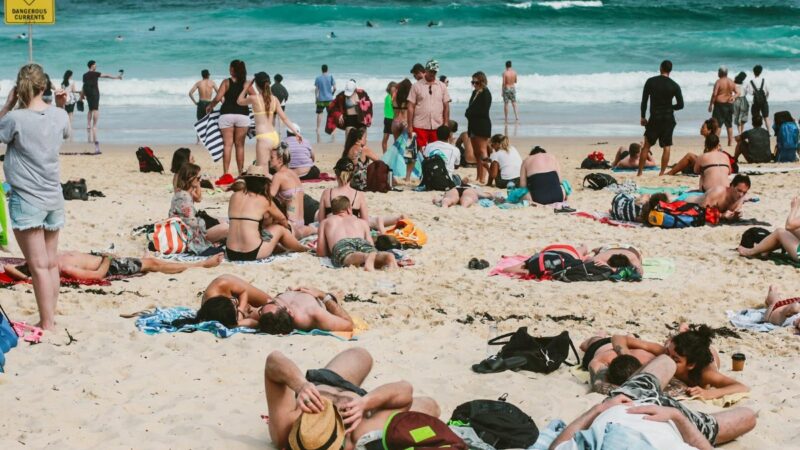
Hi Matt,
When applying for your second working holiday visa, does the second 12 months start from when the visa is granted or odes it start once your first working holiday visa expires.
e.g. if I apply for my second working holiday visa 6 months into my first working holiday visa and it gets granted, do I have 12 or 18 more months in australia?
The second-year visa starts from when your first 12-month visa expires 🙂
That said, there’s probably no need to apply for the second visa six months into your stay, that seems a bit early.
Hi matt😁
I’m from Mongolia which it has 100 people limit per year on the Work and Holiday visa. The visa window opened in 2023 October 22nd which is exactly 1 year ago from today. I applied for it during the visa window open and still got nothing until today. (I’m thinking I didn’t fit in the 100 people and moved to the next year) . I’m wondering when will the visa answer come for this year? I’m really kind of getting impatient😅 Do you have any idea when it will come out this year?
Hi Eric,
As far as I can see, the quota of 100 people from Mongolia has already been filled for the current 2024-25 financial year. Applications for the next round should open on 1 July 2025. (Note that the Australian financial year, which the visa rounds are also based on, is from July until June.)
I do see that Mongolian citizens need a letter of government support from the Mongolian government in order to apply for this visa. I believe the Mongolian government only gives out around 100 of these per year, in order to limit the number of applicants. You should probably look into this and make sure you apply for this letter as soon as you can for next year.
Good luck!